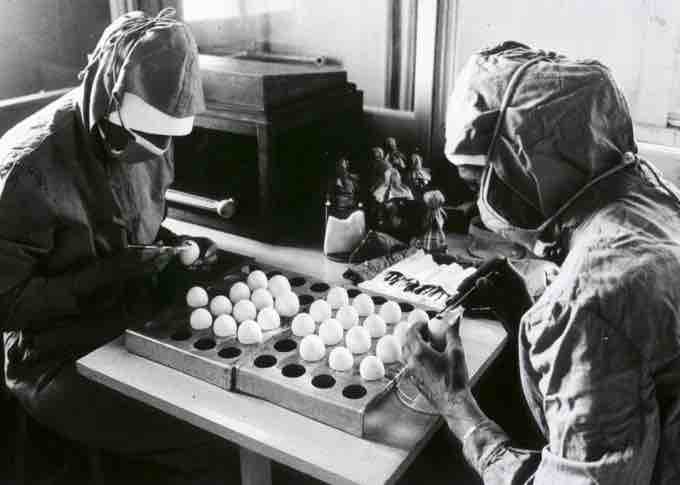Vaccines are biological products with biological effects. Vaccines are made with a variety of ingredients including antigens, stabilizers, adjuvants, and preservatives; they may also contain residual by-products from the production process. These might be the cause of allergic reactions and side effects.
Vaccines carry risks, ranging from rashes or tenderness at the site of injection to fever-associated seizures called febrile convulsions and dangerous infections in those with compromised immune systems. Technological advances have made modern vaccines purer and safer than their historical counterparts. Most developed countries have switched to the inactivated polio vaccine and stopped using whole-cell pertussis (whooping cough) vaccines, which are made from killed bacteria and cause relatively high rates of arm swelling, febrile convulsions and periods of limpness or unresponsiveness.
Researchers have long known that some individuals are more susceptible to vaccine risks than others. Immunocompromised individuals have generally been discouraged from receiving live-virus vaccines. Some speculate that children with metabolic disorders might be prone to vaccine side effects. Safer vaccines and manufacturing processes are also in the works. New influenza vaccine doses are produced in cell culture, rather than the industry-standard chicken eggs . This process will improve reliability and reduce allergic reactions to egg proteins. Researchers are also developing replacements for vaccines that can be risky for vulnerable groups. These include current smallpox vaccines that cannot safely be given to immunocompromised people; the tuberculosis vaccine, which is not recommended for HIV-positive infants; and the yellow-fever vaccine, which puts elderly people at particular risk of a yellow-fever-like illness. Researchers are quick to emphasize that the benefits of vaccines still greatly outweigh the risks.

Preparation of Measles Vaccine
Workers preparing measles vaccine in chicken eggs.